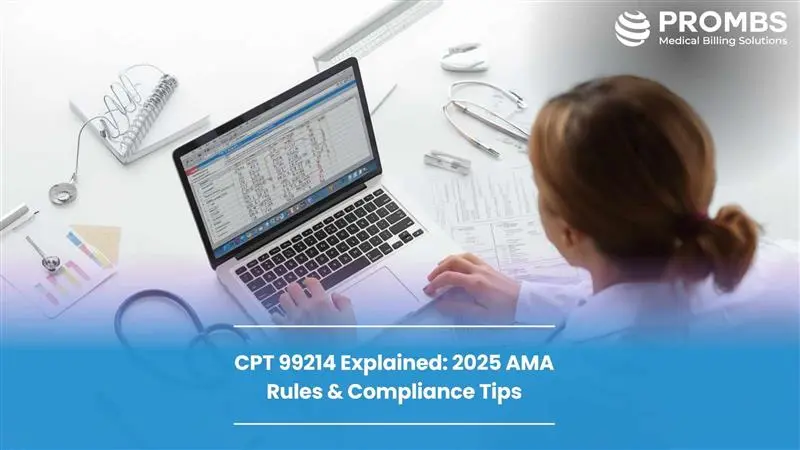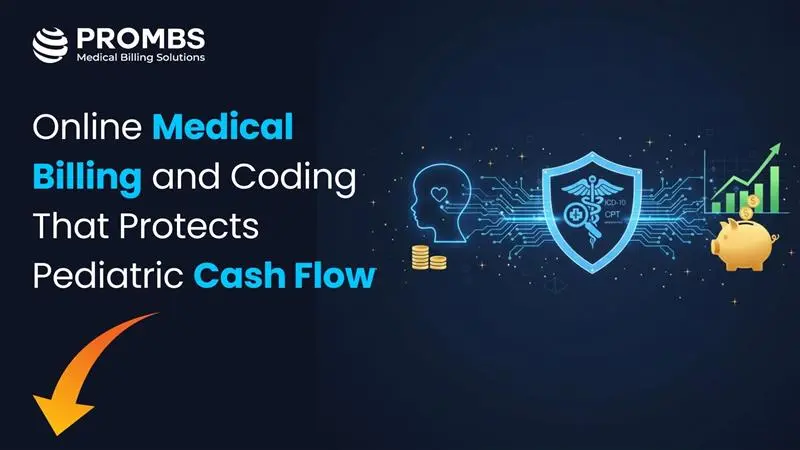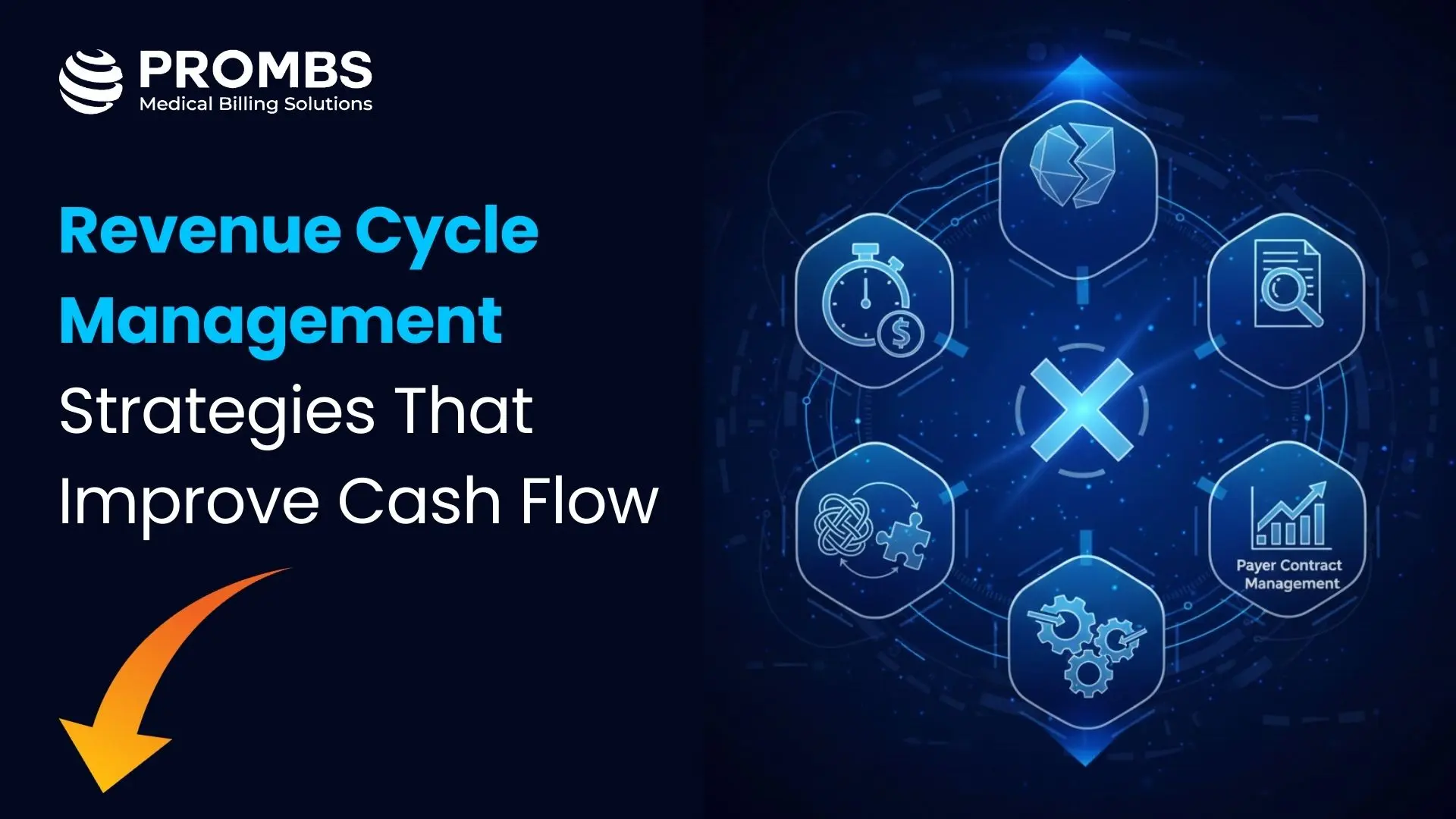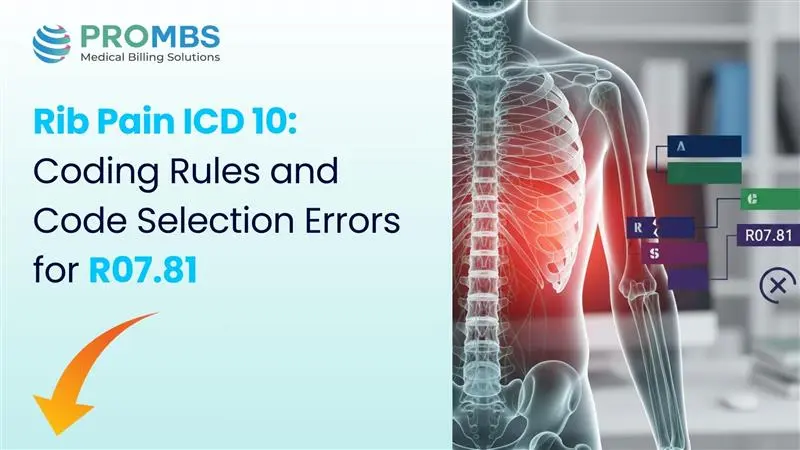CPT 99214 is one of the most common evaluation and management codes used in healthcare today. It represents moderate-complexity care for established patients, making it essential for physicians, hospitals, and billing teams.
Why does this single code attract so much attention? Because it sits in the middle ground between routine and complex care, and payers review it more often than any other outpatient code. Used correctly, CPT 99214 ensures fair reimbursement and compliance with AMA CPT® 2025 guidelines and CMS documentation standards.
Every provider, from family physicians to specialists, uses this code at some point in their practice. Yet many still struggle with when to apply it and how much detail their documentation needs. The difference between a clean claim and a denied one often comes down to how clearly the note supports the visit’s complexity. When providers understand what payers look for, CPT 99214 becomes not just a billing code but a reflection of solid, defensible medical care.
What Does CPT 99214 Mean for Established Patient Visits?
At its core, CPT 99214 applies to established patient visits that involve moderate medical decision-making (MDM) or 25 to 39 minutes of total provider time on the same day. What kind of visits fall into that category? Typically, those that involve reviewing labs, managing multiple chronic conditions, or adjusting therapy plans. These aren’t quick check-ins, but they don’t require hospital-level care either.
The AMA CPT® Evaluation and Management Guidelines explain that medical decision-making (MDM) is built on three core elements. It looks at the number and complexity of problems a provider manages during the visit, the type and volume of data that must be reviewed and interpreted, and the overall level of risk involved in diagnosing or treating the patient. Together, these factors determine how challenging the provider’s cognitive work is and help define the proper level of service for accurate coding.
E/M Code Comparison (99213 vs 99214 vs 99215)
| Code | Complexity | Time (2025) | Example Scenario |
|---|---|---|---|
| 99213 | Low | 20–29 min | Stable condition follow-up |
| 99214 | Moderate | 25–39 min | Multiple chronic conditions |
| 99215 | High | 40–54 min | Complex case with hospital risk |
How Should CPT 99214 Be Documented Under the 2025 AMA Guidelines?
The 2025 AMA update gives providers two options for selecting CPT 99214: coding by medical decision-making (MDM) or by total time spent on patient care. The key question is, which method best reflects the actual work performed? Choosing the right approach and documenting it clearly ensures your notes tell the full story of the visit and stand up to payer review.
If you’re using MDM-based coding, document three parts:
1-Problems addressed: Describe the number and severity of each condition.
2-Data reviewed: Include any labs, imaging, or external notes you evaluated.
3-Risk: Explain medication adjustments, procedures, or potential complications.
When using time-based coding, count everything you personally did for the patient that day, including reviewing prior records, counseling, documentation, and coordination. The visit time must fall between 25 and 39 minutes. CMS IOM 100-04, Chapter 12, Section 30.6.15 states that time must reflect total professional effort, not estimates. For example, write “30 minutes spent reviewing labs, counseling on medication adherence, and documenting visit,” instead of vague language. Both CMS Program Integrity Manual and AMA guidance stress that notes should be specific and traceable to actual provider work.
How Is CPT 99214 Used Across Different Specialties?
| Specialty | Typical 99214 Visit | Documentation Focus |
|---|---|---|
| Internal Medicine | Hypertension and diabetes follow-up | Moderate MDM, med changes |
| Psychiatry | Therapy plus medication management | Time documentation, mental status exam |
| Cardiology | CHF or post-angioplasty review | Data complexity, diagnostic tests |
| Orthopedics | Post-surgery pain management | Problem complexity, risk notes |
| Family Practice | Multi-system conditions | Risk evaluation, counseling time |
Value-Based Performance
The AMA recommends that multi-specialty groups assign an MVP lead for each department to manage data quality and ensure timely submissions. Groups that integrate EHR systems and automate their reporting will have an advantage in scoring and bonus payments under CMS’s value-based incentive models.
Why Do Payer Rules and Audits Vary for CPT 99214?
Why does one payer approve a 99214 claim while another denies it? The difference often comes down to how each organization interprets the documentation. Medicare’s E/M Services Manual places strong emphasis on verifying total time spent with the patient, while most commercial payers look more closely at the medical decision-making (MDM) section. They want clear evidence that the complexity of the visit matches the code level. When these elements are not aligned, even a legitimate 99214 can be questioned.
Common denial triggers include:
- Missing MDM components: When the note doesn’t clearly describe the number of problems, data reviewed, or risk level, payers may reduce or deny the claim.
- Unrecorded total time: If the provider forgets to document total minutes spent on the encounter, time-based coding cannot be validated.
- Inflated risk language: Using terms that suggest higher complexity than the documentation supports can flag the claim for audit review.
Paying attention to these details helps ensure that each CPT 99214 submission is accurate, defensible, and fully compliant. The OIG Work Plan consistently identifies CPT 99214 as a high-risk code for overuse. Many claims fail not because providers do poor work, but because notes lack evidence of moderate complexity. How do you prevent that? Keep your documentation honest, detailed, and consistent with payer definitions.
What’s the Best Way to Avoid Denials When Billing CPT 99214?
How can your team ensure that every CPT 99214 claim passes an audit? The process begins long before the claim is submitted. It starts with disciplined documentation, consistent internal reviews, and a shared understanding among providers of what qualifies as moderate complexity. When these habits become part of everyday workflow, audit readiness stops being a stressful task and becomes a routine outcome of good clinical practice.
Most denials stem from preventable documentation gaps. Here are three you can address immediately:
- Use structured MDM templates: Base them on the official AMA elements to ensure all required components are covered.
- Document total time clearly: Include start and end times or total minutes spent so the record supports time-based coding.
- Audit regularly: Review high-volume E/M codes every month to catch small errors before they become patterns.
- Maintain audit trails: Keep notes on how MDM decisions were made and what data was reviewed to support each visit.
Following AMA CPT® 2025 documentation guidance and CMS audit best practices gives your team a reliable framework. Train providers on what “moderate” truly means so their notes consistently support the code.
Final Documentation Self-Check
Before sending out a claim, it helps to pause and double-check the documentation. A quick self-review can catch small errors that might lead to denials later. Ask yourself these three simple questions before submitting any CPT 99214 claim:
1-Are the problems clearly defined?
2-Is there proof of data review or interpretation?
3-Does the plan show moderate management risk?
If you can confidently answer “yes” to each question, your documentation is likely strong enough to support the visit level. It should withstand payer review and hold up under even the most detailed audit.
What Are Real-World Examples of CPT 99214 Visits?
Internal Medicine Example:
A 58-year-old with diabetes and hypertension returns for a follow-up. The provider reviews recent labs, adjusts blood pressure medication, and provides counseling. Multiple problems and medication management indicate moderate complexity, so the correct code is CPT 99214.
Psychiatry Example:
A 45-year-old patient completes a 30-minute therapy and medication session. The psychiatrist adjusts an antidepressant and documents the counseling provided. Time-based criteria between 25- and 39-minutes support the use of CPT 99214.
Family Practice Example:
A patient with obesity and high blood pressure discusses lifestyle changes and receives a new prescription. The combination of moderate risk and data review meets the requirements for moderate MDM.
Each of these examples follows the AMA CPT® E/M Documentation Framework, showing how providers can meet compliance requirements through either time or medical decision-making. Together, they illustrate how clear documentation, supported by measurable data, risk assessment, and patient interaction, helps ensure proper use of CPT 99214 and keeps the claim defensible during payer or audit review.
How Can Pro-MBS Help You Stay Compliant with CPT 99214?
For hospitals, clinics, and billing teams, CPT 99214 is more than a simple billing code. It represents a provider’s judgment, time, and documentation accuracy. Pro-MBS helps healthcare organizations strengthen every part of this process. Our team reviews E/M documentation against the AMA CPT® 2025 standards and CMS integrity guidelines to ensure accuracy before claims ever reach a payer. This proactive approach reduces denials, prevents recoupments, and protects revenue integrity.
Beyond audits, Pro-MBS focuses on education and prevention. We train physicians and coders to recognize the difference between low, moderate, and high complexity visits, and to document those distinctions clearly. Each session is tailored to your specialty’s workflow, so providers understand how their everyday notes affect compliance outcomes. With better awareness and consistent documentation, your organization stays audit-ready while improving reimbursement accuracy.
FAQs
What is CPT code 99214?
CPT 99214 is a billing code used for established patient visits that require moderate medical decision-making or about 25 to 39 minutes of a provider’s time. It represents situations where the visit is more involved than a quick follow-up but doesn’t reach the level of a high-complexity encounter.
What is the difference between CPT 99213 and 99214?
The main difference comes down to complexity and time. CPT 99213 covers low-complexity visits, usually 20 to 29 minutes long. CPT 99214 applies when a provider manages multiple conditions, reviews lab results, or adjusts medications, all of which require a moderate level of decision-making and more face-to-face time with the patient.
What does CPT 99214 pay?
Payment for CPT 99214 varies by payer, region, and documentation quality. Medicare typically reimburses around $125 to $160, while commercial insurers may pay slightly more. The exact amount depends on proper documentation that supports the medical decision-making or total time recorded for the visit.
What is the time range for 99214?
According to the 2025 AMA CPT Evaluation and Management Guidelines, CPT 99214 applies when a provider spends 25 to 39 minutes on the date of service. This includes reviewing charts, counseling patients, coordinating care, and documenting the visit.
When to charge 99214?
Use CPT 99214 when the visit involves moderate medical decision-making or takes 25 to 39 minutes of the provider’s time. Common examples include managing chronic illnesses, adjusting medications, or reviewing multiple diagnostic tests that influence treatment plans.
Who can bill for 99214?
Physicians, nurse practitioners, physician assistants, and other qualified health professionals can bill CPT 99214 as long as their documentation supports the moderate-complexity criteria outlined by AMA and CMS rules.
What is the complexity criteria for 99214?
To qualify for CPT 99214, the provider must address problems of moderate complexity. This means evaluating several conditions, interpreting data such as labs or imaging, and managing treatment plans that carry a moderate level of risk, for example changing a prescription or ordering additional testing.
What is the CPT code for a 45-minute visit?
A 45-minute established-patient visit usually meets the requirements for CPT 99215. That code represents a higher level of service involving extensive medical decision-making or total provider time between 40 and 54 minutes.



